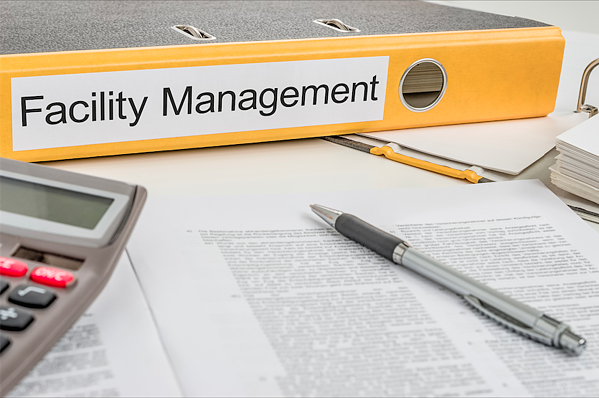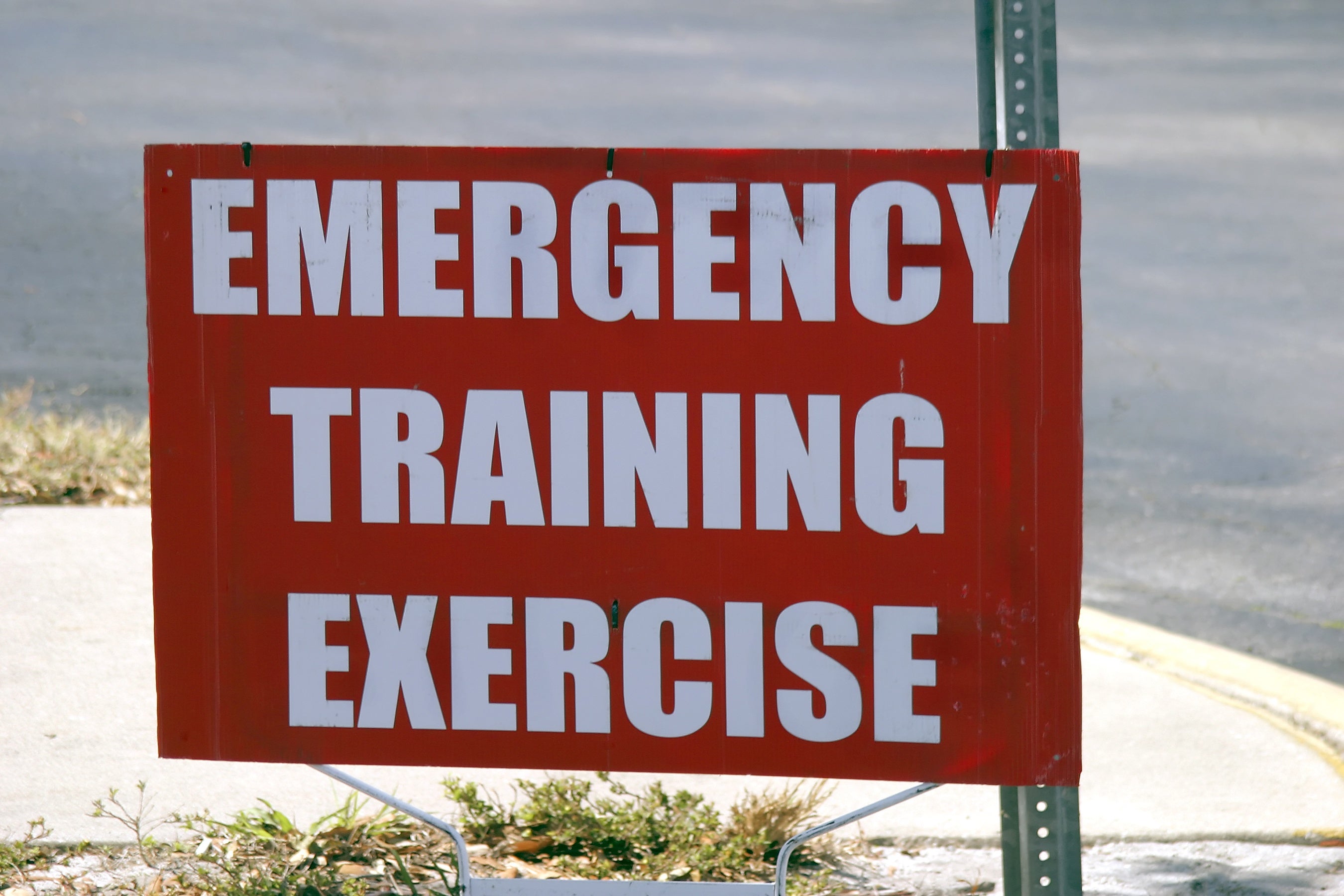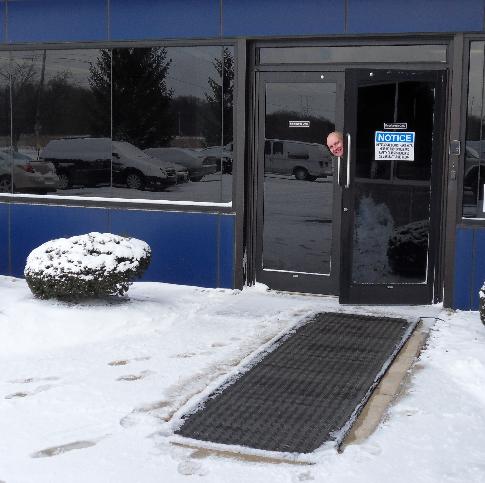
Building maintenance usually falls in the hands of managers at the top of the chain. Mistakes can be made by the newest operations manager or a veteran in the industry. Managers are often tasked with creating and enforcing policies and procedures. These can actually get in the way of things being done, because there ends up being so many steps that the complexity of the plan leaves out important details. Sometimes there are so many rules that crucial elements of a plan end up dead in the water.
There’s only one way to avoid this; that’s to simplify procedures. Serious mistakes can be avoided if you review the procedures in place and whether they can be simplified. If the overall system remains too complex, you might miss key factors. Serious mistakes can even be overlooked. Three areas facility managers often overlook are staffing/training, analytical tools, and emergency planning. Adequately addressing these can contribute to the success of your facility maintenance and organization.
Lack of Staff/Training
Managers often feel they have complete control of the situation. Budgetary pressures often lead to keeping staff count down. While this may do the trick in the short term, it is often much worse if key personnel are not available for process improvements, training, maintenance, or emergency management.
They may educate themselves early on, but managers may fall short on additional training later. Technology and industry changes warrant more education, while process improvements often require a higher level of expertise. There are no shortcuts in keeping up with industry trends. By moving forward, facilities managers can nurture new ideas and upgrade their own technology and processes. It’s a big mistake to think that one has reach their highest level of knowledge, especially in today’s quickly advancing technological world.
Missing/Outdated Analytical and Planning Tools
Another mistake is not keeping up to date on the latest analytical tools. Computerized maintenance management systems and other software specifically for facility management are widely available. Vendors are able to help implement such systems and educate managers and building staff on how to properly use them. Software can even include pre-defined checklists and insight into what you need to do. It can report on current metrics, assist with the planning process, and help implement critical aspects of your plan. Even professional building maintenance managers and professionals remain naive and overlook what tools may be out there.
Insufficient Emergency Planning
Emergency planning is often kept on the back burner. Many managers simply don’t think about disasters and their impact on a business until they happen. The reasons may be budgetary. Building management, however, is often focused on the present and the many issues in the current day.
If you’re not aware of the procedures which may save your facility, or the tools available, not only could your business be on the line. Lives are at stake. Emergency management also incorporates many factors, such as planning, training, preparation, and more. Identify the proper staff for such a situation and their roles, what equipment is required, and a chain of command. Also consider equipment such as fire-resistant materials, electrical connections for temporary generators or chillers, and even snow removal mats. One big storm can put you out of commission for some time, or introduce slip and fall liability at the least. It’s important to lay out the supplies, procedures, and response long before something happens.
Consider these building maintenance mistakes now. Once you become aware, then the management process can be much more effective. Costs and the existence of the facility and business may be preserved in the long run.


